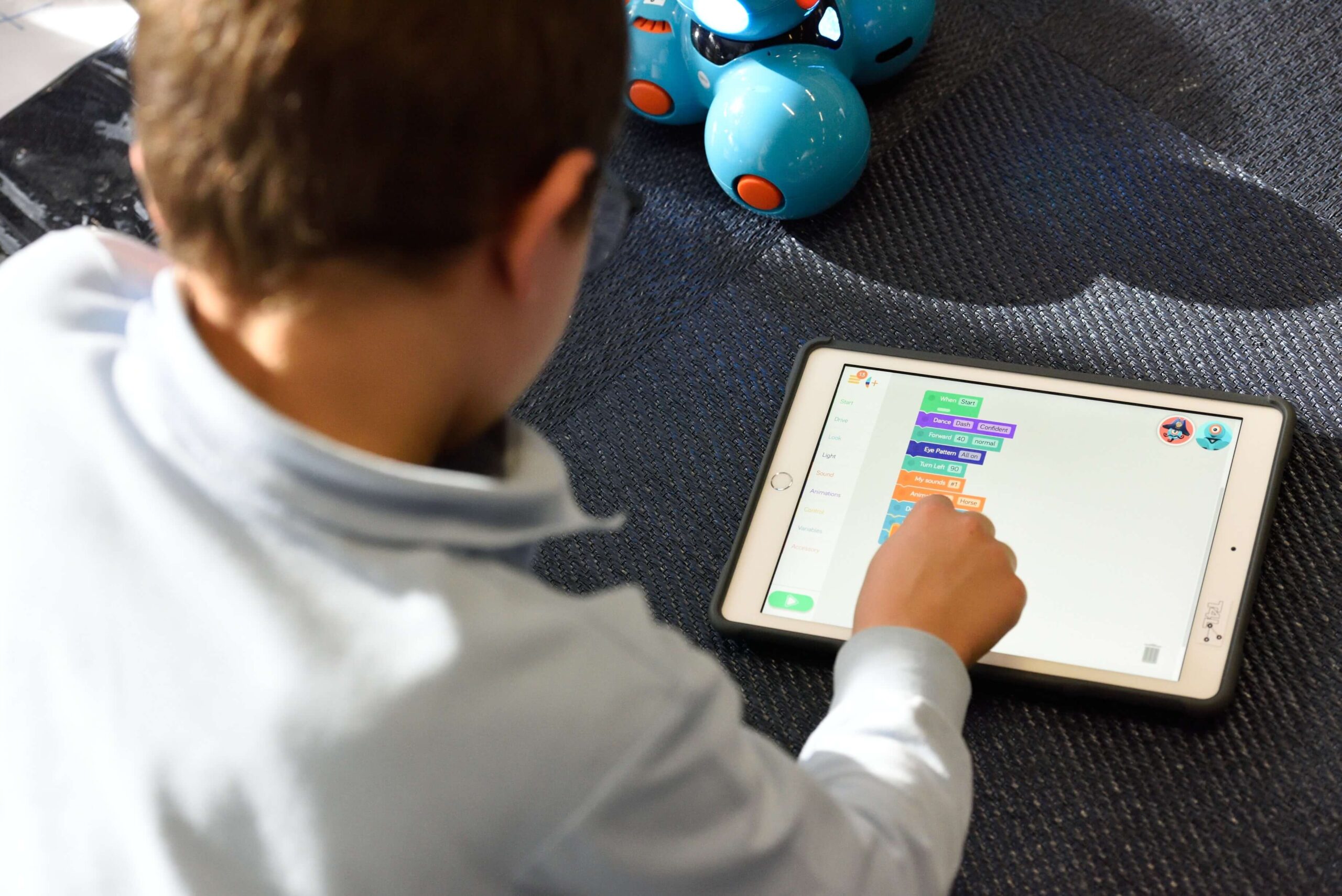Kids (under 13) and Young Teens (age 13 to 16) have become a business-critical audience for brands — not only as influencers in their households, but as spenders with significant purchasing power. Limited financial responsibilities allow young people to allocate their savings towards the products and brands that they desire, and new fintech platforms are empowering young people to do just that.
gohenry is a financial education app designed for kids and Young Teens. CEO Alex Zivoder recently joined us on #Kidtech to discuss kids’ changing digital purchasing and saving behaviors and the growing need for youth fintech solutions. Keep reading to learn three primary insights shared by Zivoder and our tips to apply these learnings to your youth digital engagement strategy.
How are youth digital purchasing and saving behaviors changing?
1. Over half of youth spending now takes place online
According to Zivoder, over half of youth spending now takes place in digital environments, a trend that has been further accelerated by the lasting impact of the pandemic. “39% of children admit that they are wary of handling paper money and coins since the outbreak of Covid-19,” shared Zivoder, “and there was an 80% increase in gaming spend during the second quarter of 2020, during the first wave of the pandemic restrictions.”
That online spending is not limited to real-world products: our research indicates that subscriptions, in addition to in-game currencies and products, are hot-ticket items for kids. During the 2020 holiday season, 38% of boys asked for clothing compared to the 54% who asked instead for “skins” — digital clothing for their avatars.
Action for brands: Your e-commerce experience must be as engaging and informative as your brick-and-mortar displays. Highlight the key features that make your brand or product special in the digital environments in which young people are participating, such as partnering with popular games and influencers.
2. Kids and Young Teens earn more pocket money than previous generations
Young people have been steadily earning higher allowances throughout the years, and more time at home during a socially distanced year has allowed them to complete more household chores.
“In the second quarter of 2020, earnings from tasks have increased by 28%,” said Zivoder. “The types of tasks have also changed. It has been more around car washing, gardening, babysitting, and exercise-related activities.”
As today’s youth earn more money than previous generations, building positive financial habits through hands-on experience is more critical than ever. “Our purpose is really to give kids a tool to learn financial independence and to develop good money habits that will make a big difference in their future,” says Zivoder. “As you know, it’s quite important to know how to master money, and the younger you start, the better it is.”
Today, most parents agree with this ethos; more than half use shopping trips to teach their children financial responsibility.
Action for brands: Kids and Young Teens are consumers in their own right. Brands must learn about these distinct audiences and their needs, which differ from those of their parents. SuperAwesome offers a variety of free resources to help you safely and effectively reach these cohorts.
3. Young audiences are more financially savvy than previous generations
Kids and Young Teens are growing more familiar with managing finances, which has enabled them to develop positive money habits. “When we take our base and we basically estimate the whole U.S. population of kids…in 2020 kids and teenagers saved $2.8 billion, 10% of their total income,” said Zivoder. “It’s three percentage points higher than the adult monthly savings rate.”
This careful saving results in thoughtful purchasing, especially for Young Teens, the “risk-averse” generation. This audience conducts thorough brand research to inform their purchasing decisions. Quality (42%) and good value for the price (34%) are the two brand attributes most important to this cohort.
Action for brands: The rise of e-commerce has empowered families to become better informed about purchases, through researching prices and reading consumer reviews. A robust digital presence that highlights the value of your brand and product is critical. More than any other audience, Young Teens need to be well-informed and confident in their purchasing decisions.
Want to learn more about youth digital purchasing behaviors?
Listen to the full episode below or on Spotify, iTunes, and Amazon Music to hear more about the white-hot kids fintech sector and why online payments need a kids-first approach.

